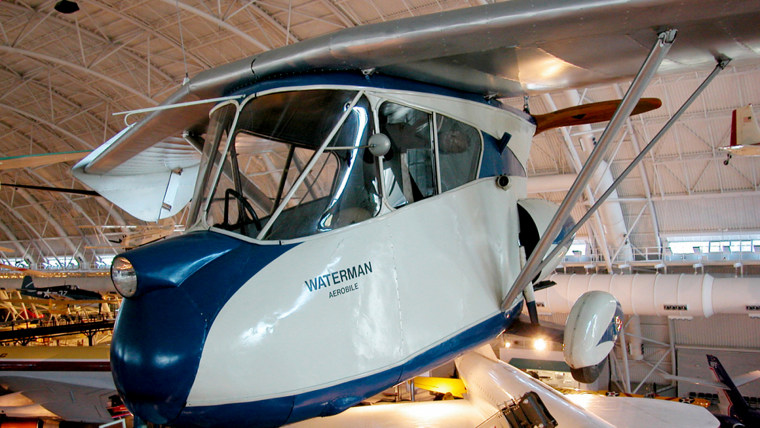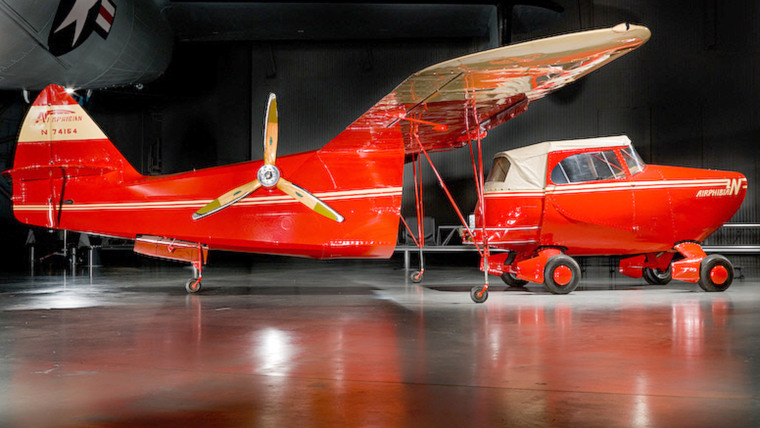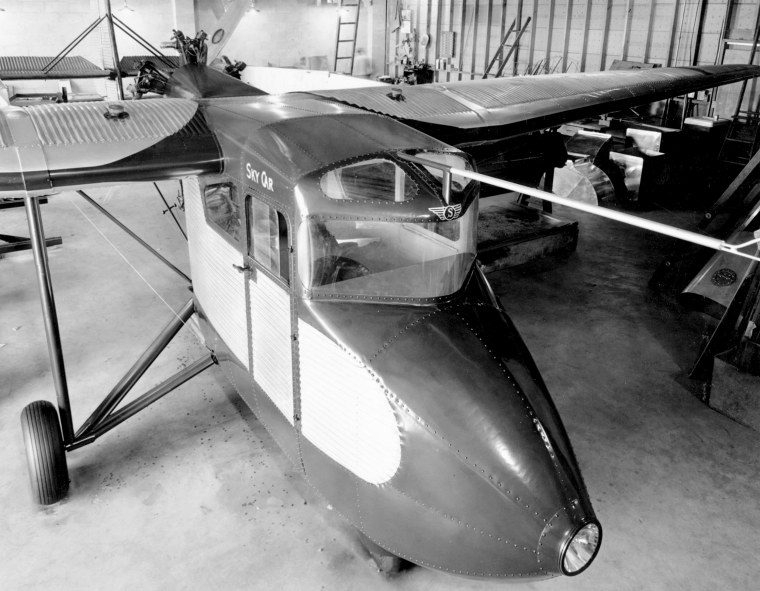When was the last time you were stuck in traffic and wished you could press a button on the dashboard, turn your car into a helicopter and soar away from the rush-hour snarl at, say, 200 miles per hour? Yesterday, perhaps?
With so much talk these days about the seemingly imminent arrival of fully-automated, self-driving cars in showrooms, people might not realize how close we are to parking flying cars in our driveways. At least that’s how Terrafugia Inc. sees it. The Woburn, Massachusetts, company has been working on flying-car projects for a decade and has revealed a design that takes off vertically — eliminating the need for airports altogether.
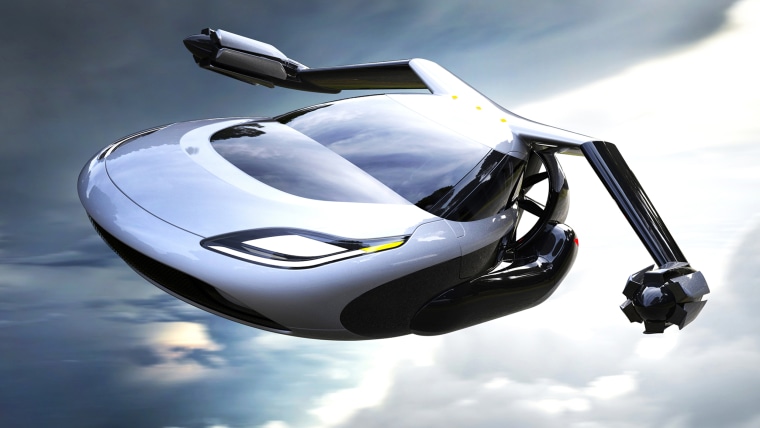
Terrafugia chief executive Carl Dietrich told TODAY.com the TF-X is still a concept, but building such a machine would be possible with current off-the-shelf technology. The vehicle reflects the latest developments in self-driving cars and the probable future of increasingly automated airborne personal transport, but is most likely a decade or more away, Dietrich said.
RELATED: 'Back to the Future Part II' writer talks about his 2015 predictions
The TF-X — unveiled at AirVenture, an aviation industry gathering in Oshkosh, Wisconsin, last week — is called the TF-X and uses battery-powered rotor blades to lift off and moves into forward flight using a gasoline-powered propeller-like fan for thrust. It carries four people and cruises at 200 mph and flies to a destination that the driver punches into its navigation system.
Operating the TF-X will not require a pilot’s license because the craft will fly itself. As with autonomous cars, small aircraft that fly themselves are considered safer than those operated by humans.
So far Terrafugia is showing computer-generated videos and scale models of the TF-X, a revised version of a vehicle it first revealed in 2013.
For now, though, Terrafugia is betting on its slightly more conventional Transition, a flying car with folding wings and traditional manual controls that is close to gaining Federal Aviation Administration approval and could go on sale in a year or two.
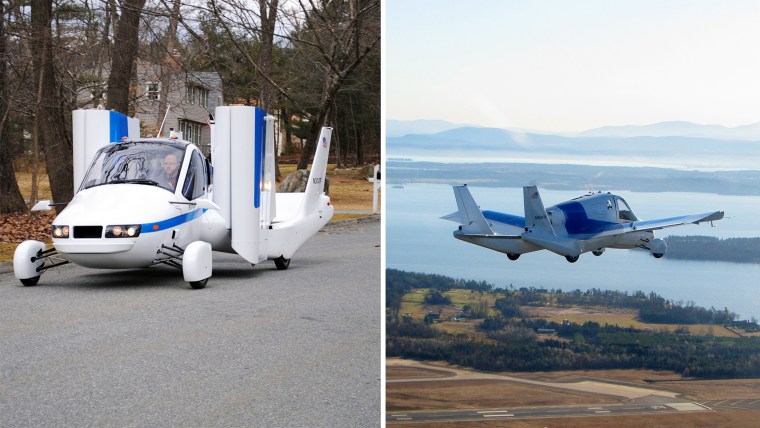
The Transition has already been through years of flight and road testing and appears to work well. Terrafugia said it has dozens of deposits from customers who want one. Still, it remains unclear whether it can succeed where others have failed. Past attempts at marketable flying cars, including the Fulton Airphibian and Waterman Aerobile, never caught on, mainly because of design limitations that tend to plague any airplane-car combination.
RELATED: Who pays more at car dealerships: men or women?
“A flying car is such a compromise that it doesn’t do a good job as a car or as an airplane,” said Bob van der Linden, curator of aeronautics at the National Air and Space Museum in Washington, D.C. The museum has an Airphibian, an Aerobile and a Stout Skycar in its collection.
“It’s cheaper to own a good airplane and a good car,” van der Linden said.
